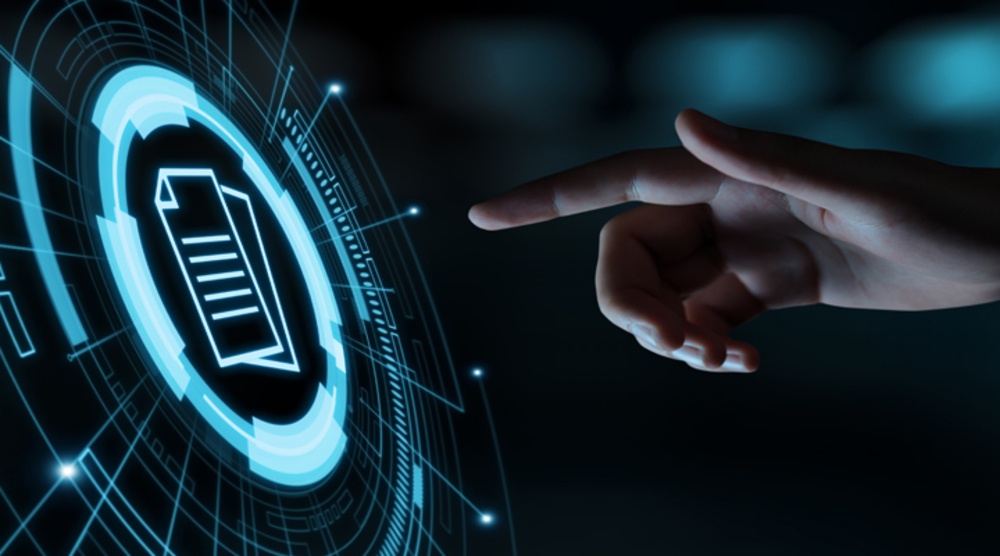Biometrics are characteristics unique to everyone, it includes physical movement or body behaviours of a human that makes him distinct from others. Biometric identification can be used to digitally identify onboarding customers on online platforms.
Covid has driven businesses to adopt more online ways of communicating with customers. Cybercrimes like account takeover have hit online businesses seriously. Scammers now use more refined techniques to get financial benefits. These attempts cannot be prevented through traditional security measures.
The W’s of Biometric Identification
The verification of customers through their physical behaviours or biometrics characteristics is known as biometric identification. User is verified against his biometric measures just like a mobile phone authenticates a user on every sign in. According to a study by Statista over 75% users have already used biometrics like fingerprint, facial or retina and the market size of biometric related technologies was $19.08 billion in 2020.
Most common types of biometric identification
Fingerprint Verification
This is commonly known as thumbprint verification. Fingerprints are totally unique with each human, the fingerprint scanner screens the thumb of a user to authenticate him. In modern days ATMs and office doors have used this technology to evade any unauthorized access.
But this primitive verifying a user with dirty hands or injured hands. There is also the obstacle of having a specific fingerprint scanner for it.
Facial Verification
The verification of a customer by his face is done through a facial verification software. The software checks faces with nodal points, size, shape, and features. Most of the businesses have implemented facial recognition for their employee attendance due to social distancing protocols. This feature is also used in the latest mobile phones, but this system is not so mature. This is more convenient because a user can get him verified through just mobile’s camera or webcam.
Scammers try to bypass the facial verification system through 3D masks, holograms or previously recorded videos but the cutting edge biometric identification software empowered with artificial intelligence detects and disapproves such attempts.
Sometimes its accuracy drops while verifying members form the same family or people who have the same facial features. There is another problem of updating the data after some time duration because the facial features change with time.
The most latest application of facial verification is Kiosk technology that is used in arenas and airports to verify a large number of people at once.
Voice Recognition
Voice is also unique to users, the difference is in pitch, wavelength and frequency of the voice. Voice recognition is of two types: i.e:
Text-Dependent: The user has to speak particular words as asked by the verification software for instance “My name is XYZ”.
Text-Independent: The user just has to speak some words of his choice, the system verifies it with the AI by analyzing the depth of the voice.
Some other types of biometric identification are DNA, Retina IRIS and gait but they are not commonly used because of the need for heavy technology. Retina verification is used in sensitive data warehouses.
Limitation of Biometric Authentication
There are also some limitations of using biometric identification. Like other technologies, this also needs to be matured so that it can give more accurate results. Although this is incorporated with the latest AI and Machine learning, still most of the businesses are using the outdated versions.
Data Privacy
The data in which the biometrics information is stored should be secured more strictly. Because if some criminal gets access to it, it can raise serious data privacy violation problems. It will earn a bad reputation for the business and the business may be fined for not having strong security protocols. It is the responsibility of the identity verification service providers to ensure the security of the data.
Device Delusion
If the device is not working properly it may lead to unauthorized access to confidential data. Sometimes the device may be broken or the verification software has been hacked to access the information.


No comments yet